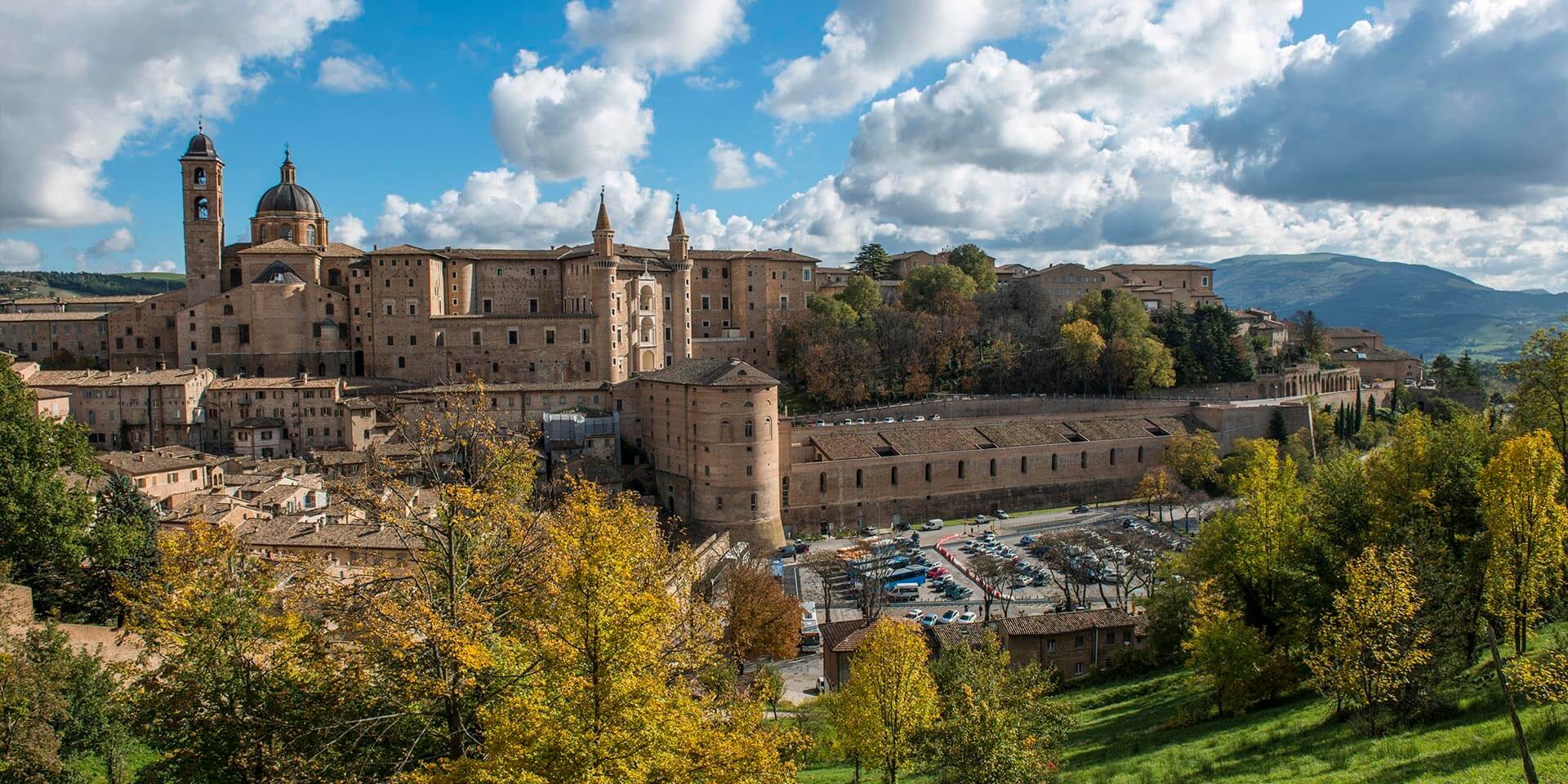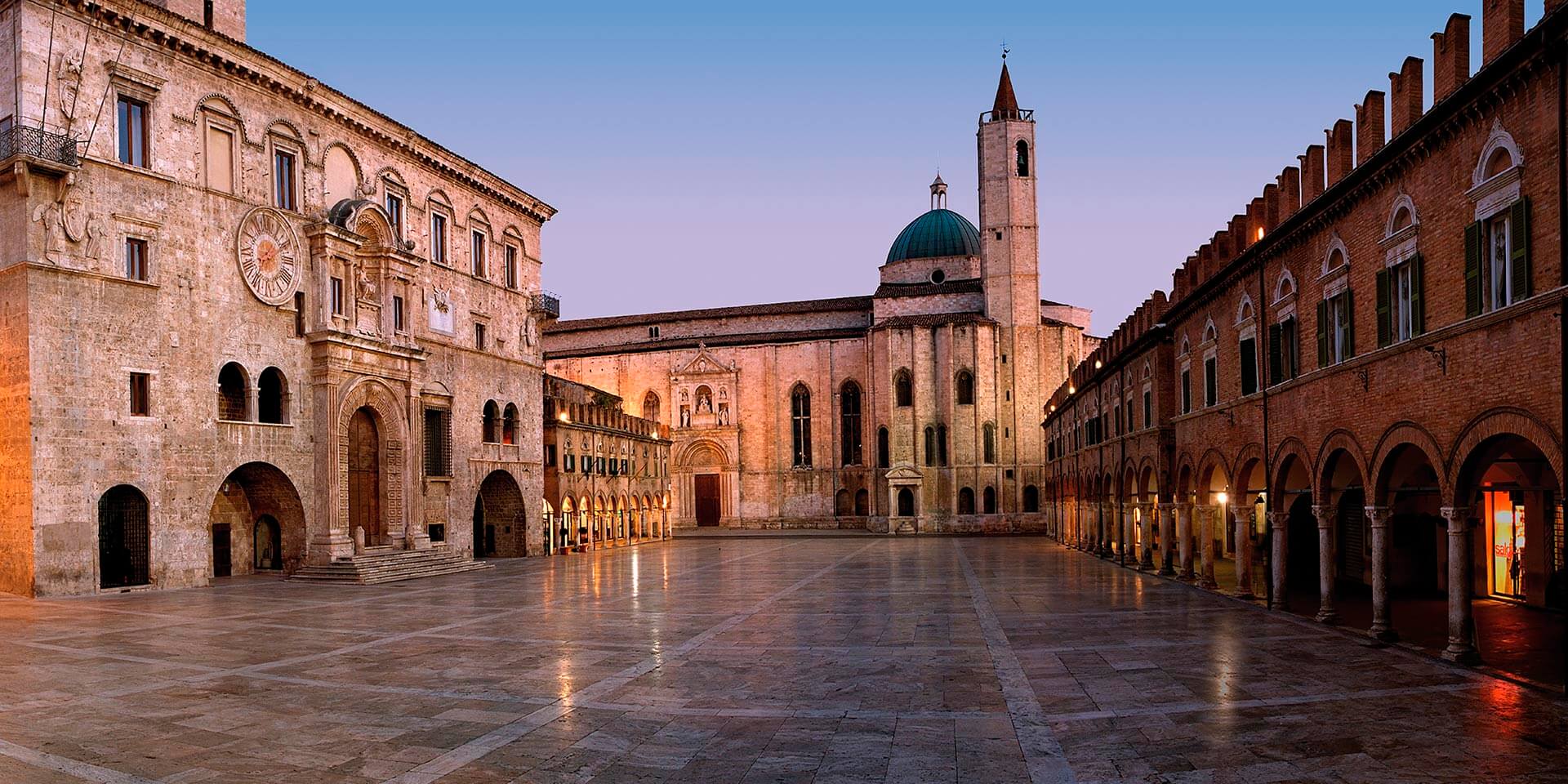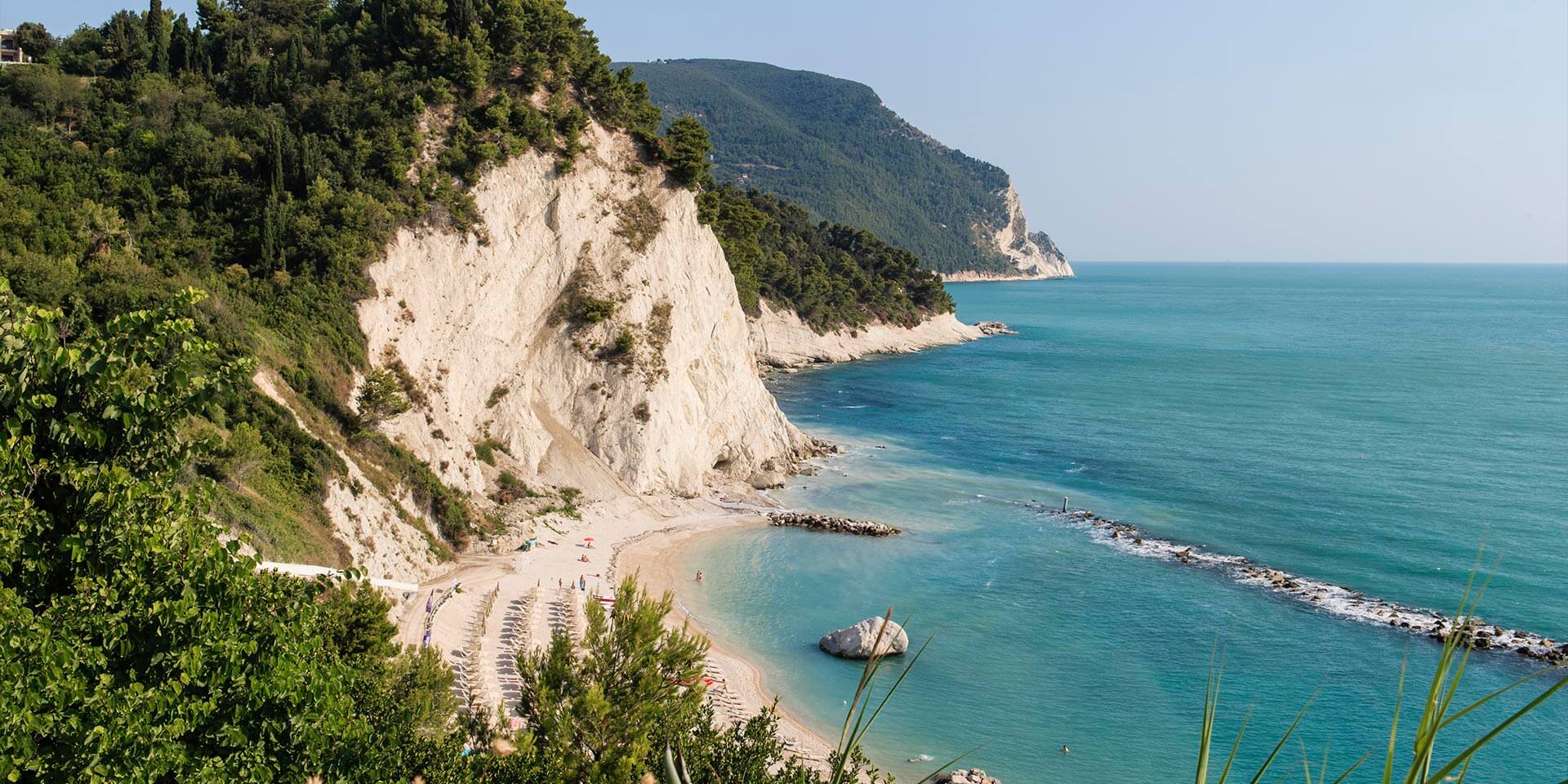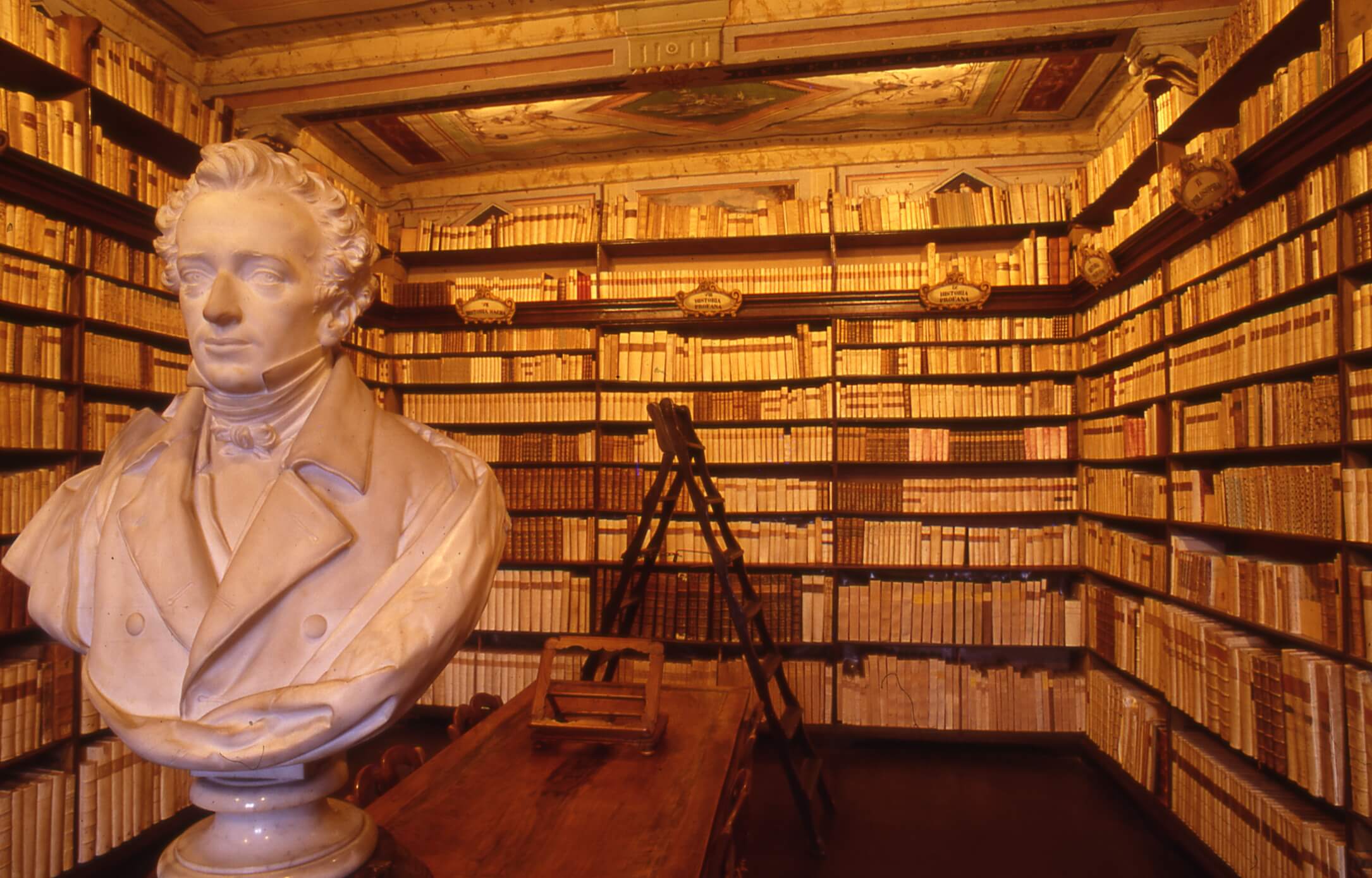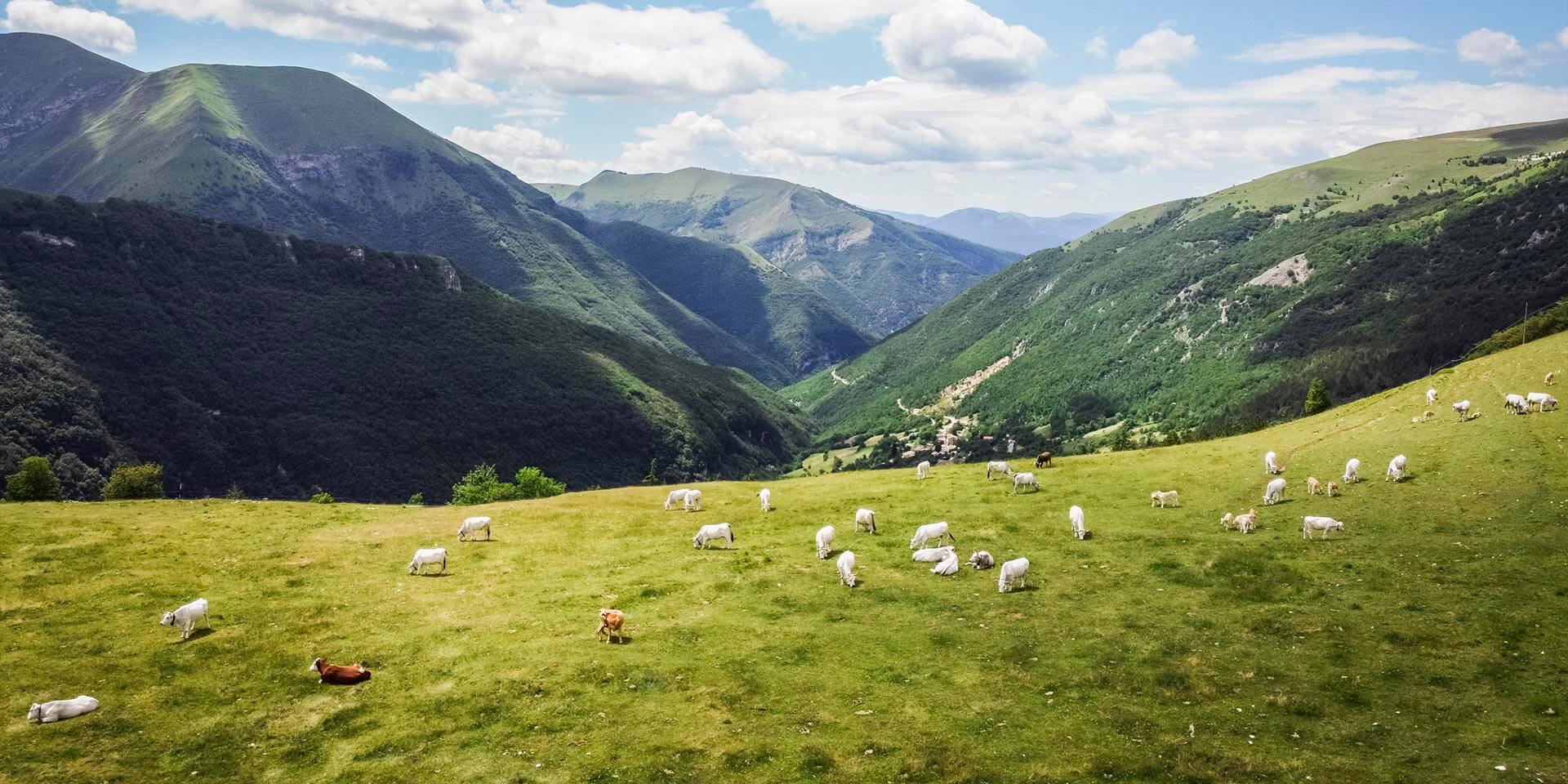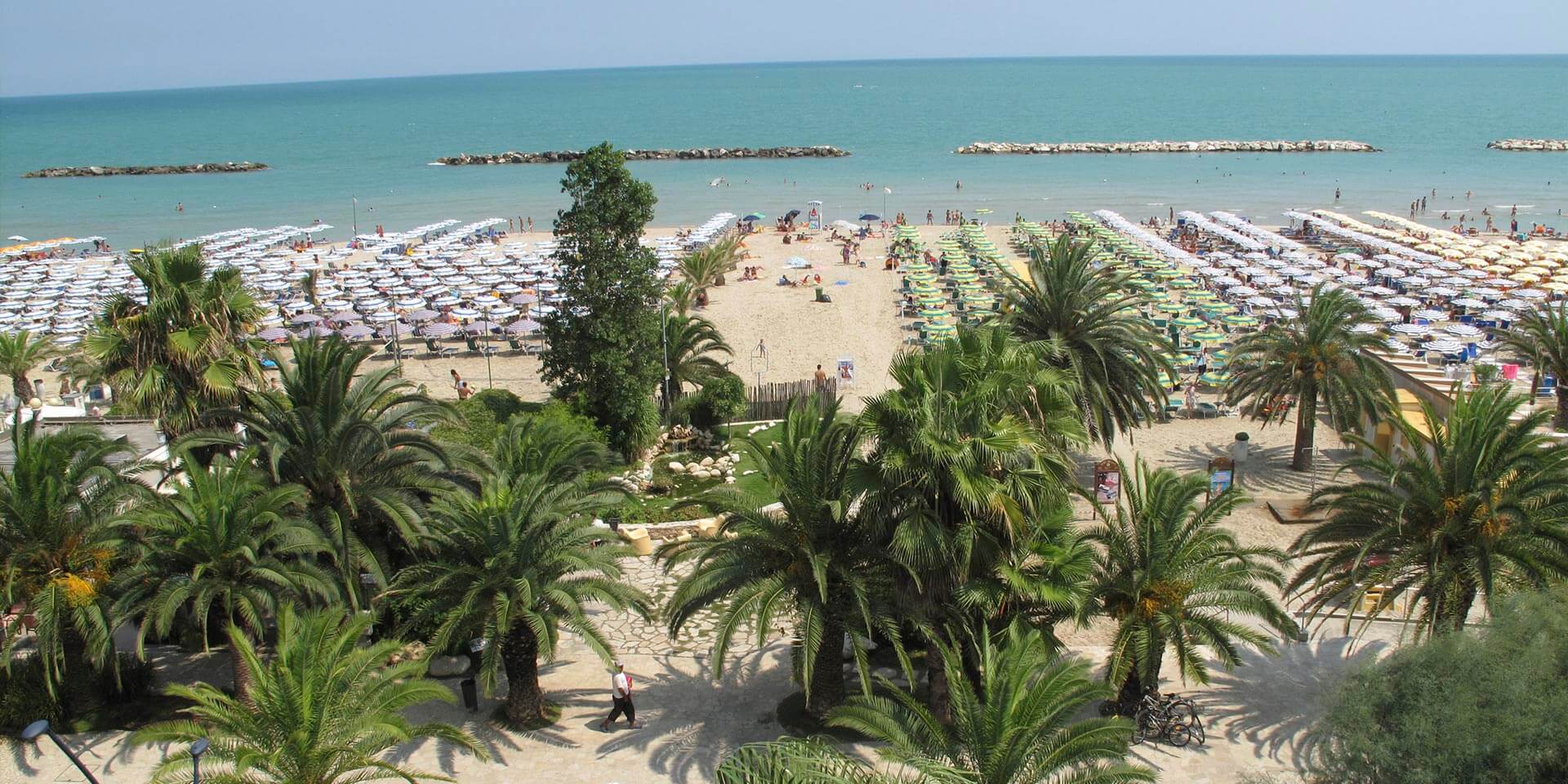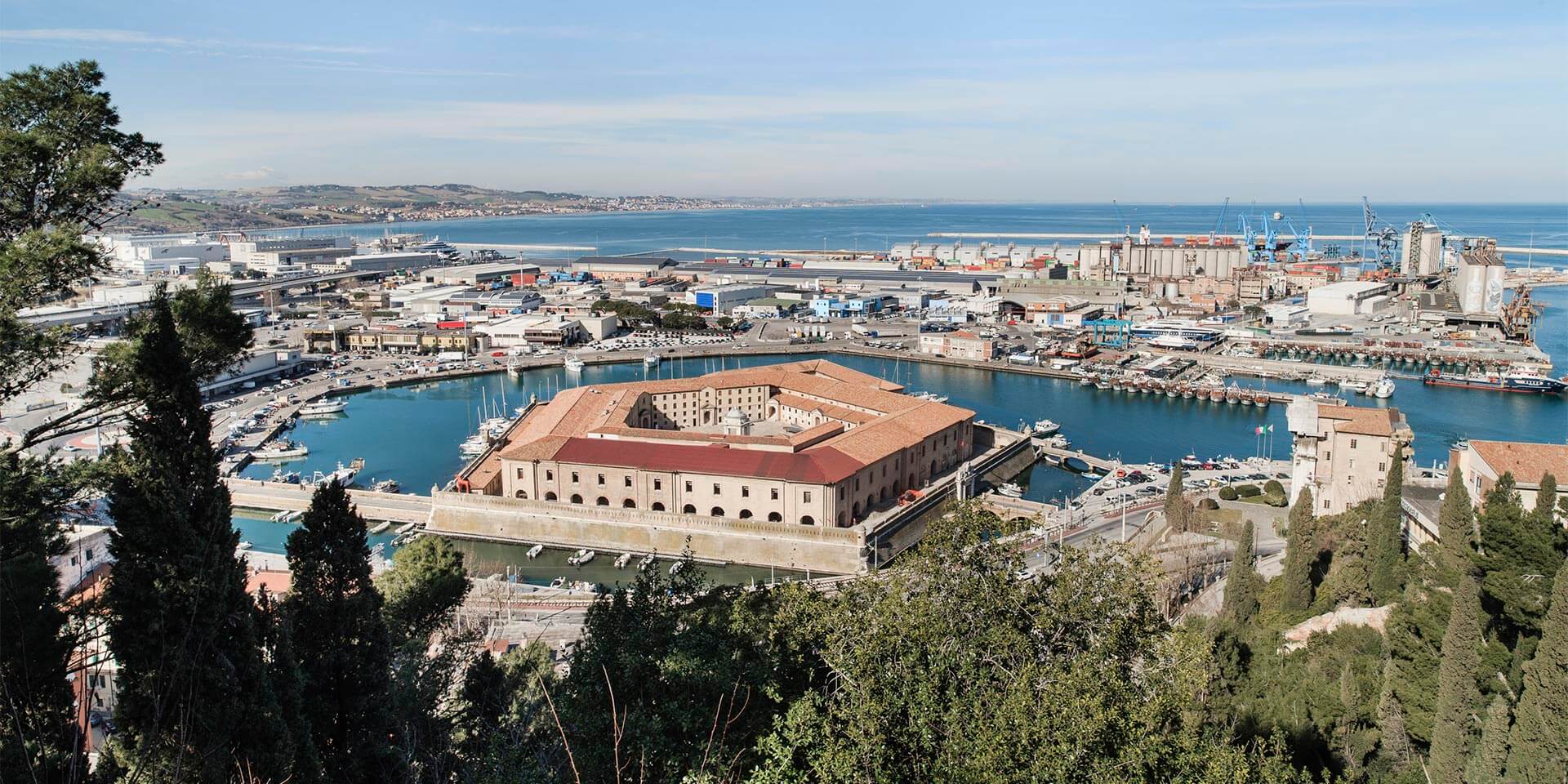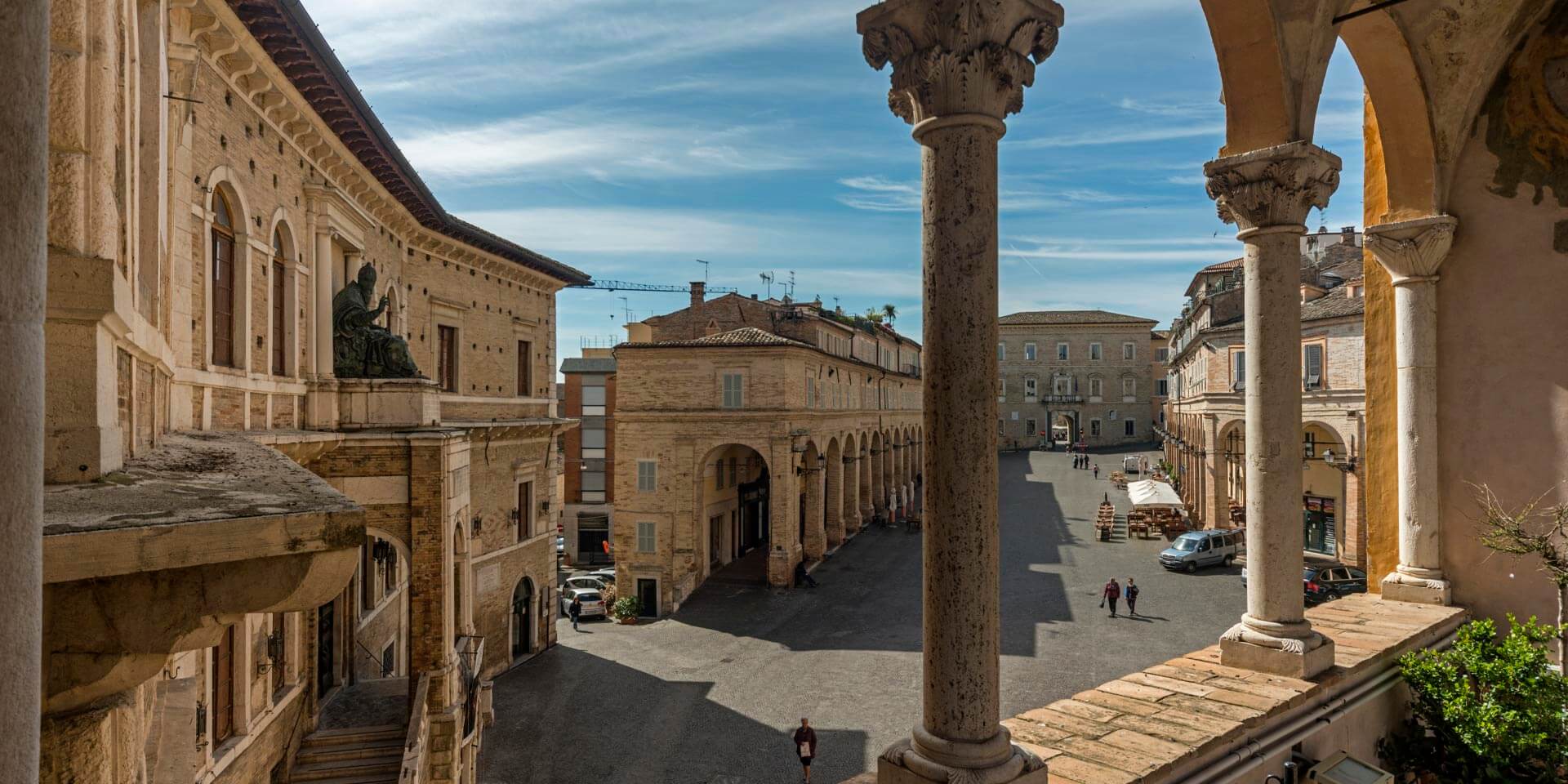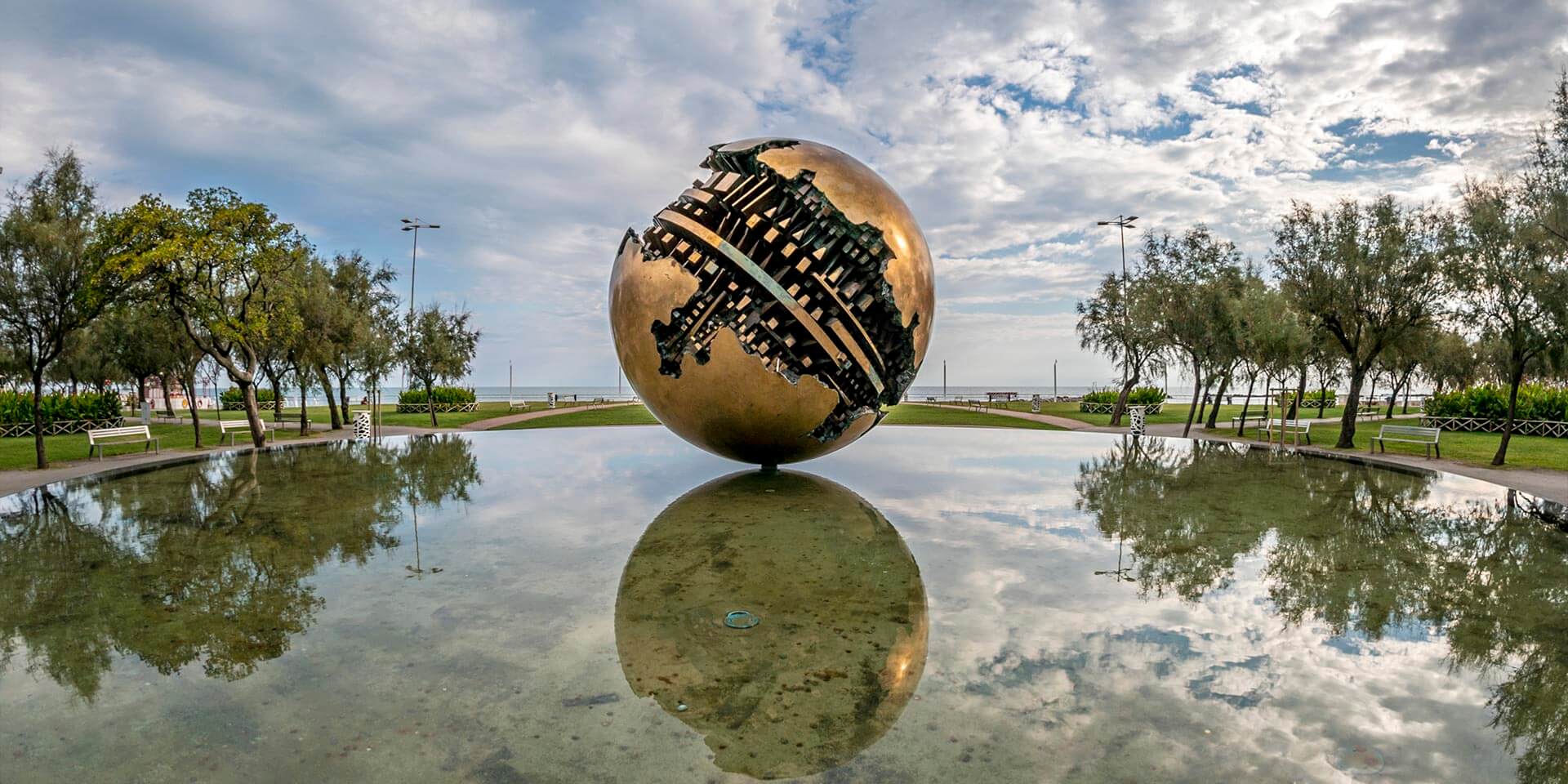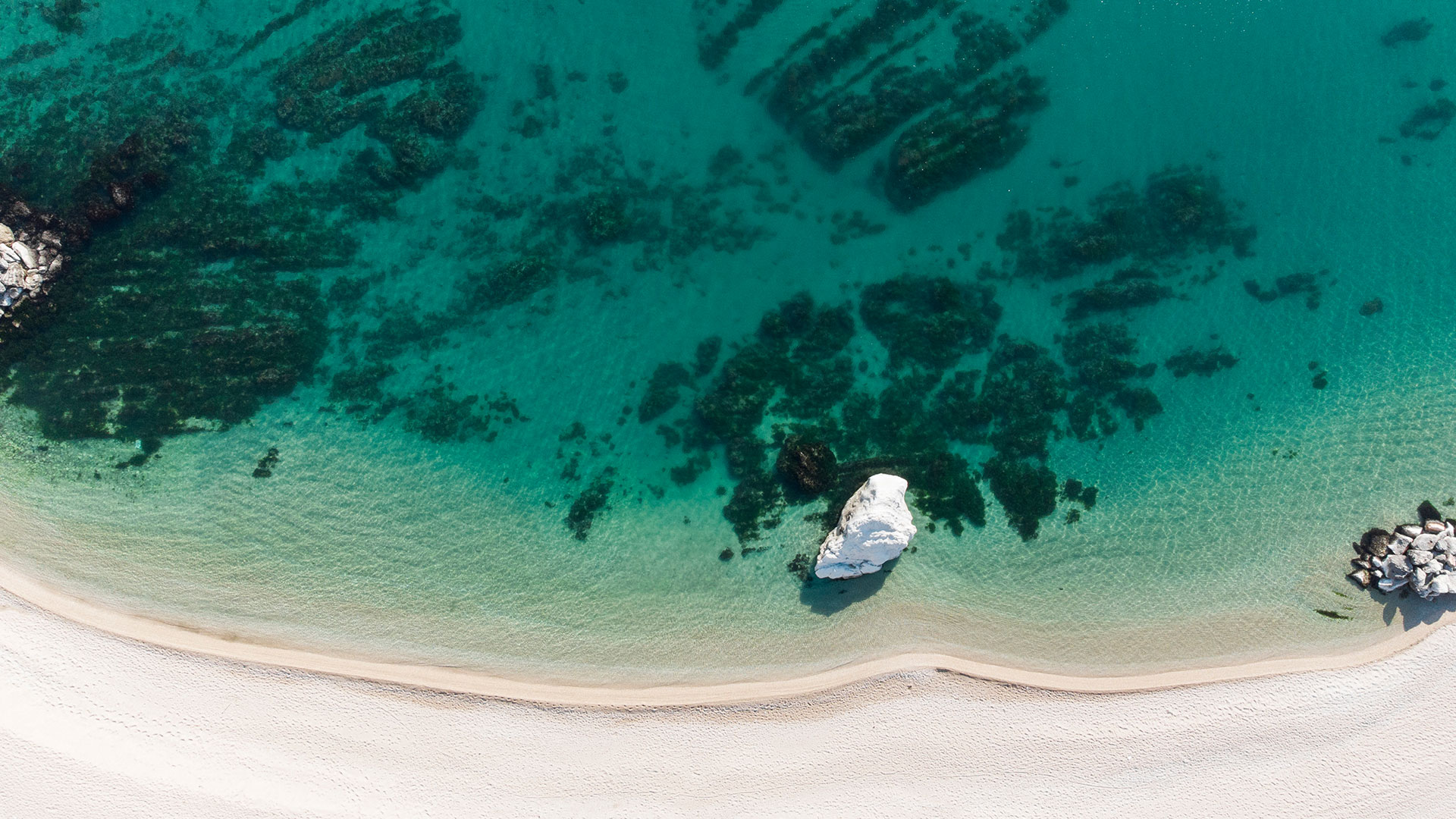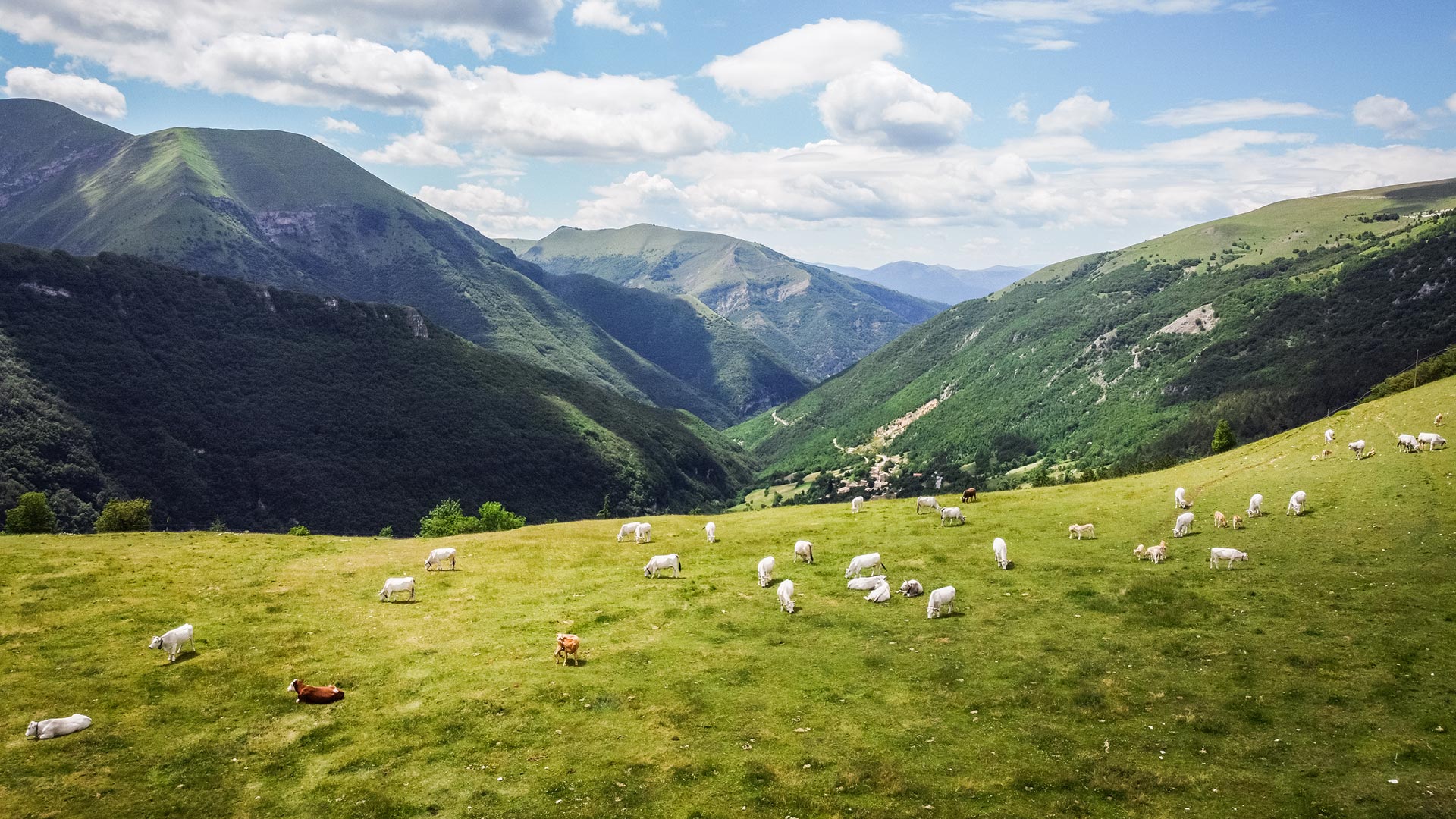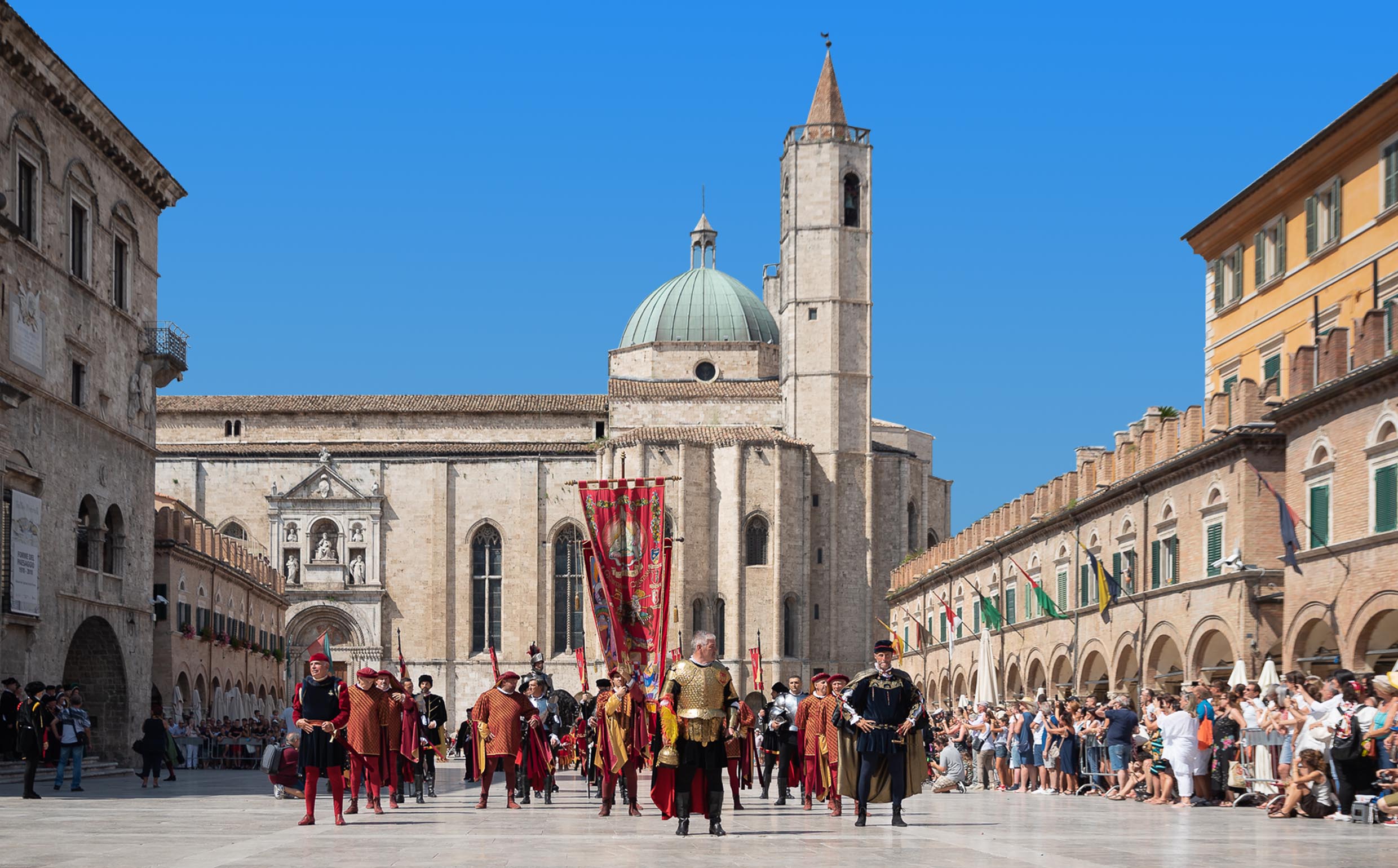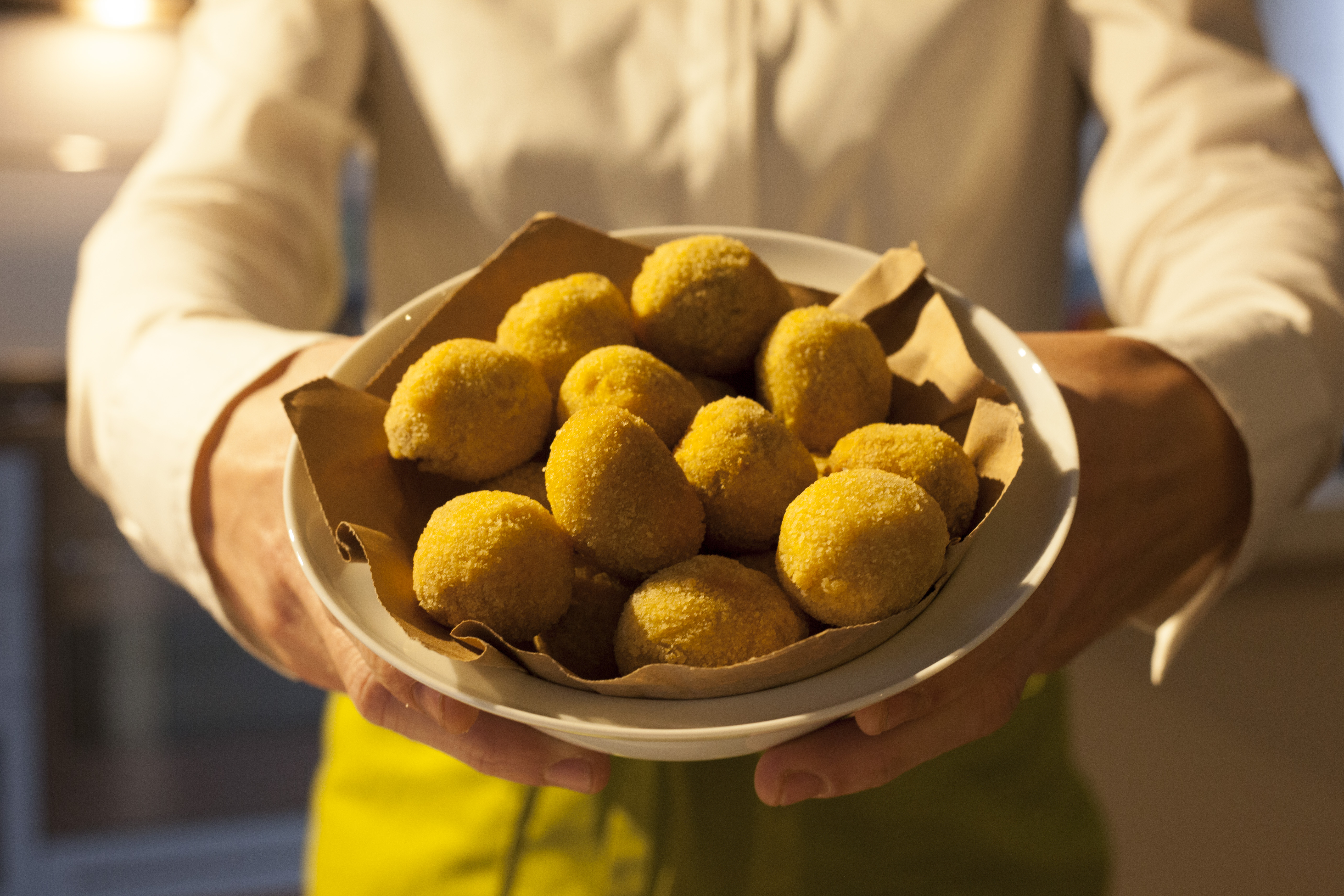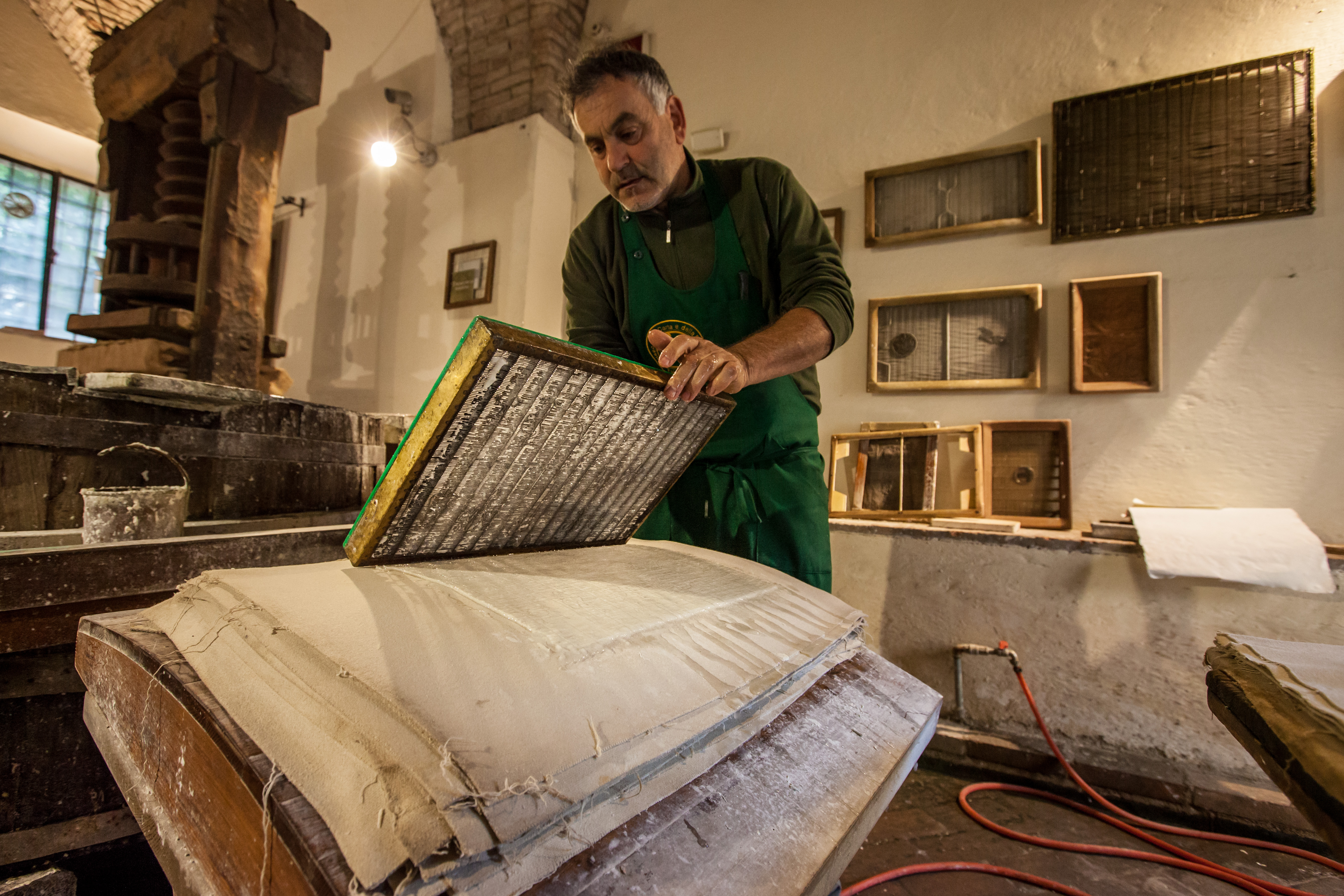Locations - Marche Tourism
Le Marche region is one of Italy’s real gems. When tourists first encounter this region, they are drawn in by the beautiful coastline that washes up onto the white-pebble beaches of friendly towns, only to discover the rugged, mountainous countryside is just as rich in colour and charm. Art and culture are as alive here as in the well-known parts of the country, from the hometown of Renaissance artist Raphael to the city of Ascoli Piceno that blends chic culture with historic allure.
With its medieval hilltop towns, ancient villages (32 recognized among "The most beautiful villages in Italy" by the National Association of Italian Municipalities and 27 awarded with the"Orange Flags" by the Italian Touring Club association), lush countryside, hearty cuisine and longstanding traditions, Le Marche region truly deserves a visit.
Here is a list of some the top unmissable places to visit:
Urbino is one of the most important towns in the Marche - indeed in Italy - for the tourist in search of great Italian art. Its old centre now boasts the honour of being included in the UNESCO list of World Heritage Sites. For the second half of the 15th century its windy hill was the setting for one of the best courts in Europe. Duke Federico da Montefeltro gathered around him the greatest painters, poets and scholars of his day and housed them in one of Italy's most beautiful Renaissance palaces, now home to the National Gallery of the Marche.
The imposing 14thC walls which enclose Gradara (some of the best preserved in the region), with their crenellated battlements and bristling towers, are one of the most striking landmarks in northern Marche. The fortress which dominates the town was owned by the Malatesta family. It was here, according to tradition, that the murder of Francesca da Rimini and her lover Paolo, the lovers immortalised by Dante, took place in 1289.
Pesaro, the city of music, thanks to its most illustrious fellow citizen Gioachino Rossini, boasts the Rossini Conservatory; the annual Rossini Opera Festival in August has earned a world-wide reputation for performing works from his large repertoire of bel canto operas.
The oldest Carnival in Italy is celebrated in Fano, an alluring seaside resort with a busy fishing port and attractive old centre. The Arco di Augusto, a splendid Roman triumphal arch provides a fitting gateway to the town. It was erected in 2 AD under orders of the Roman Emperor Augustus.
Macerata is an elegant town, known across the world for its annual open-air opera festival. Its open-air opera festival in summer has found an international following and takes place in the 7,000-seater Sferisterio - a monster of a neo-classical arena erected by private subscription in the 1820's.
Recanati , a remarkably attractive small hill town, is close to the heart of many Italians as the birthplace of one the country's greatest poets, Giacomo Leopardi (1798-1837). Palazzo Leopardi at the southern edge of town, where he was born and brought up, holds memorabilia, manuscripts and his fascinating library.
Fabriano is popular world wide for hand made paper: a UNESCO Creative City, the town boasts the Paper and Watermark museum. Its paper is still used the world over for bank notes and quality art paper.
Ancona, capital of the Marche Region, was founded in the 4thC BC by Greek colonists from Syracuse ; the stately ceremonial marble arch standing forlornly at the end of the docks marks Roman Emperor Trajan’s achievement.
Ascoli Piceno boasts remarkable monuments: its old centre is built almost entirely in travertine, like the traffic-free, travertine-paved main square Piazza del Popolo; it is also full of several noble and bell towers, that is often called the city of a hundred towers.
One of the most alluring of the hilltowns of the southern Marche is Fermo, boasting the Roman cisterns (roman pools), which comprise thirty magnificently preserved underground chambers built between 41 & 60 BC to conserve and purify the town's water supply, and regarded as the finest example of their kind in Italy.
Loreto owes its fame to the Basilica of the Holy House, one of the world’s most important Marian shrines, housing the Holy House of the Virgin Mary of Nazareth.
Wonders of nature are Frasassi Caves, one of Europe’s largest cave systems; this karst wonderland, gouged out by the river Sentino by a team of climbers in September 1971, is equipped with walkways and theatrical lighting, including the awesome Grotta Grande del Vento, Europe's largest single cavern, so vast that Milan Cathedral would fit comfortably inside, and some of the most extravagantly fanciful stalagmites and stalactites you are ever likely to see
The Sibillini Mountains, between the Marche and Umbria, are also of extraordinary beauty, with over twenty peaks that exceed two thousand meters up to 2,476 m. with Monte Vettore. In these magical and wild lands, home to a national park, memories of ancient medieval rites hover and evocative legends are handed down. The most famous are those of the Sibyl, an illustrious prophetess who lived in a cave located on the mountain of the same name and that of Pilate, according to which the body of the famous Roman prosecutor was dragged by some buffaloes into the red waters of the "demonic" lake located in area. A wide range of itineraries are available in the park, including the one leading to the Lame Rosse, also known as “the canyon in Le Marche”. These amazing natural sculptures are situated near the Fiastra lake. These formations are formed by gravel and clay that have been shaped throughout the years by rain, wind and snow.
18 "Blue Flags" certify the quality of the seaside resorts of the Marche; the Conero Riviera, the stretch of coast that runs from the port of Ancona to Numana, is characterized by towering cliffs and pristine shingle beaches. The highlight of this picturesque landscape is undoubtedly the two majestic limestone rocks that emerge from the sea like guardians of nature's wonders. These iconic formations are known as "Le Due Sorelle" or "The Two Sisters" adding an air of mystique to an already awe-inspiring scene.
Further south, in the Riviera delle Palme, the stretch of over 15 km of coast from Cupra Marittima to the mouth of the Tronto river, San Benedetto del Tronto is one of the main holiday resorts of the southern Marche, with 8 km of wide sandy beach and over seven thousand palm trees on its wide promenade, giving the town a touch of tropical charm.
